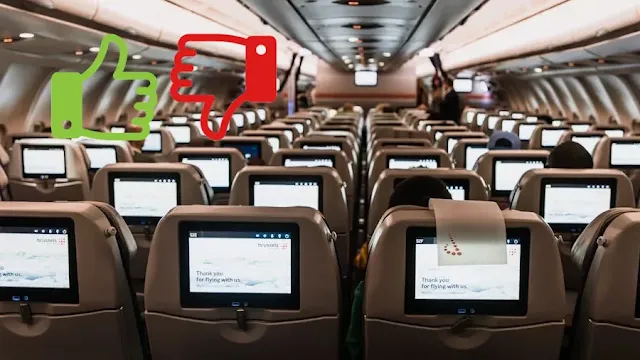Ways to Entertain Kids on Flights
This year, we're taking our kids on their first airplane ride and their first international vacation. I'm incredibly nervous about the flight and doing my best to be fully prepared. Keeping kids entertained on a plane can be challenging, but with the right strategies and tools, the journey can be enjoyable for everyone.
One effective approach is to allow screen time without restrictions. Since kids fly so infrequently, this exception won't harm them and ensures that other passengers aren’t disturbed by strict screen time rules. Besides screens, there are numerous other ways to keep kids busy during a flight.
How to Keep My Kid Busy on the Plane
To keep your child engaged, consider packing a variety of activities and items they enjoy:
- Buy a Kindle and headphones in their favorite color for endless reading and listening options.
- An iPad or tablet loaded with movies, games, and educational apps can be a lifesaver.
- Books and coloring books with crayons or markers provide quiet entertainment.
- Sticker books and window clings can keep little hands busy.
- Playing card games, puzzles, and busy books are great for interactive play.
- Small toys like cars or finger puppets offer tactile engagement.
- Fidget toys and sensory boards are excellent for keeping hands occupied.
- Don’t forget to pack plenty of snacks and treats to keep hunger at bay.
How to Keep Kids Entertained on a Plane?
Keeping kids entertained on a plane requires a mix of preparation and flexibility. Here are some tips:
- Engage Them with Electronics: Devices like tablets and Kindles can provide hours of distraction with movies, games, and books.
- Creative Activities: Bring coloring books, stickers, and small crafts. These can keep children busy and creatively engaged.
- Interactive Games: Play simple games like "I Spy" or card games that don’t require a lot of space.
- Window Seat: Booking a window seat can give your child a fascinating view and a natural distraction.
How Do I Make My Child Sleepy on a Plane?
To help your child get sleepy on a plane, try these tips:
- Comfortable Clothing: Dress them in comfortable, cozy clothes suitable for sleep.
- Routine: Stick to their usual bedtime routine as much as possible, such as reading a book or playing a favorite quiet game.
- Pack a Comfort Item: Bring a favorite blanket or stuffed animal to provide comfort and familiarity.
- Snacks and Hydration: Ensure they have a light snack and are well-hydrated before attempting to sleep.
How Do Kids Sleep on Long Haul Flights?
For long-haul flights, make sleep more comfortable for your child by:
- Reclining Seats: Make use of reclining seats to help them find a comfortable sleeping position.
- Travel Pillow: A good travel pillow can support their neck and head.
- Blankets and Eye Masks: Bring a lightweight blanket and an eye mask to block out light and make them feel secure.
- Plan Sleep Times: Try to plan their sleep schedule according to the destination's time zone to ease jet lag.
Do Airlines Have to Sit You Next to Your Child?
While airlines generally make an effort to seat families together, it’s not always guaranteed. Here’s what you can do:
- Book Early: Booking your flights as early as possible gives you the best chance of getting seats together.
- Call the Airline: After booking, call the airline to confirm that your family is seated together.
- Check In Early: Early check-in can increase your chances of getting seats together if your booking isn’t already guaranteed.
By following these tips and packing strategically, you can help ensure a smoother and more enjoyable flight experience for both you and your children.
Ways to Entertain Kids on Long Flights
Drama-Free Flights with Children
Do Minors Need Identification to Travel?
Does a Child Pay Full Price for Airline Tickets in India?
Airline Tickets for Babies and Infants in India
Travel Documents Required for Infant or Child Under 2
Parental Consent Letter for Child Travel









